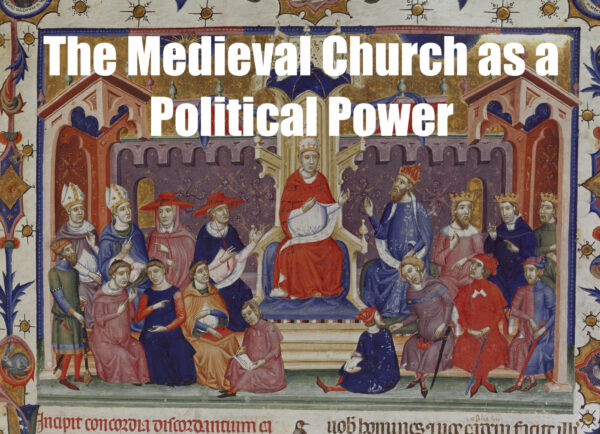
"The medieval Church-state evolved into a complex political structure that influenced both governance and warfare, illustrating the Church's power beyond mere spiritual authority."
"The Papal States expanded significantly by the eleventh century, surviving challenges to papal authority posed by powerful city-states and the Holy Roman Empire."
"The episcopal-monastic structure allowed bishops and archbishops to operate with significant autonomy, enforcing tax rights and recruiting clergy within their diocese."
The article explores the evolution of the medieval Church-state as both a political authority and a military entity. It highlights three key structures: the Papal States, which expanded considerably by the eleventh century despite challenges to papal authority; and the episcopal-monastic complex that governed Latin Christendom through a hierarchical organization, granting bishops significant autonomy and the right to tax. This exploration sheds light on how the Church maintained power and influence in the political sphere during the medieval era.
Read at Medievalists.net
Unable to calculate read time
Collection
[
|
...
]